Resistance bands are an essential tool for strength training and general fitness. However, if you've ever looked at a therapy bands set, you might have wondered: what do all these different colors mean? The resistance band color code is not just about aesthetics—it helps indicate different resistance levels, ensuring you use the right band for your fitness level and workout goals. Understanding these differences can help you choose the right band to use, whether for recovery, muscle strengthening, or a full-body workout.
Understanding Physical Therapy Band Colors
Colored bands follow a general color-coded system that indicates their level of resistance. While the exact resistance levels may vary slightly by manufacturer, the general rule is that lighter colors offer light resistance, while darker colors provide heavier resistance. This color code helps users quickly identify the resistance level they need for their exercises.
Here’s a common breakdown of resistance band colors:
- Yellow - Extra light resistance, ideal for rehab exercises and improving flexibility.
- Red - Light resistance, great for beginners and those focusing on rehabilitation.
- Green - Medium resistance, suitable for general strength training.
- Blue - Heavy resistance, used for building muscle strength and endurance.
- Black - Extra heavy resistance, designed for upper-body strengthening and heavy resistance exercises.
- Silver and Gold - The heaviest resistance levels, typically used by advanced athletes for strength-building workouts.
Choosing the Right Resistance Level
Different bands provide varying resistance levels, making them suitable for beginners and advanced users alike. If you’re new to using resistance bands, it’s best to start light and work your way up to medium-to-heavy resistance bands. Resistance training should be progressive, so you increase the resistance gradually to avoid injury while building muscle.
Here’s how to choose the right level based on your fitness goal:
- Recovery & Physical Therapy: Use these bands with light resistance to improve range of motion and rehabilitate injured muscles. Therapy bands in yellow or red are commonly used for these purposes.
- Strength & Muscle Growth: If you want to build strength and muscle, medium-to-heavy resistance bands are great. Green or blue bands are ideal for bicep curls, squats, and pull force exercises.
- Lower Body Exercises: For leg and lower body workouts, use heavier resistance bands like black or gold. These bands offer the strength needed for resistance exercises like lunges, squats, and hip thrusts.
- Pilates & Flexibility Training: Stretch bands in light to medium resistance levels can improve flexibility and be incorporated into Pilates workouts to enhance mobility and control.
Resistance Bands vs. Free Weights
Compared to free weights, resistance exercise bands provide a more controlled form of resistance training. They are a great alternative to weight-based exercises, making them a popular choice for at-home workouts and professional resistance bands training sessions. Unlike heavy weights, elastic bands offer constant tension throughout the movement, helping to engage muscles more effectively.
Bands and resistance tubing are particularly useful for those looking for fitness equipment that is easy to store and use in a home gym. The resistance levels can be increased by stacking multiple bands or using a heavier band, making them versatile for different resistance levels.
Physical Therapy Bands for Different Muscle Groups
Bands come in different resistance levels, allowing users to target various muscle groups effectively. Here’s how different bands are used for specific areas:
- Upper Body (Biceps, Triceps, Shoulders): Thera-bands with medium-to-heavy resistance are great for exercises like bicep curls, shoulder presses, and tricep extensions.
- Core & Back: Thera-band resistance band colors like green and blue can be used for seated rows, lat pull-downs, and core-strengthening movements.
- Lower Body (Legs & Glutes): Heavy resistance bands are designed for squats, glute bridges, and lunges to build lower-body strength.
How Resistance Bands Are Used in Rehabilitation
Physical therapy bands colors are particularly important in recovery settings. Light resistance bands are often used in rehab exercises to help patients recover from injuries and strengthen weakened muscles without adding excessive strain. Whether recovering from osteoarthritis or working on post-injury recovery, resistance bands offer a safe way to improve flexibility and regain muscle function.
Resistance Band Workouts: How to Get Started
If you’re new to resistance training, start with a low-resistance band and gradually increase the resistance. Exercise routines should be structured to avoid overloading muscles too soon. Band workouts can be incorporated into your routine alongside kettlebell exercises or as an alternative to weight resistance training.
Sample Beginner Routine:
- Bicep Curls (Yellow/Red Band) - Strengthen arms with controlled curling movements.
- Squats (Green/Blue Band) - Build strength in the lower body using a loop band.
- Seated Rows (Blue/Black Band) - Work your back muscles effectively.
- Shoulder Press (Red/Green Band) - Improve shoulder strength and stability.
- Lateral Leg Raises (Black Band) - Strengthen glutes and outer thighs.
Finding the Perfect Resistance Band
When selecting a resistance band, consider factors such as material and resistance level. While latex bands are common, some people prefer non-latex elastic bands due to allergies or sensitivity. Non-latex options provide the same benefits while offering an alternative to traditional latex bands.
If you’re looking for a professional resistance bands set, options vary by brand and retailer. Whether shopping in a store or on amazon.com, check the product details to ensure the bands provide the right resistance for your fitness goals.
Conclusion
Band colors are more than just a design choice—they indicate different resistance levels and help users choose the right bands for their workouts. Whether you're focusing on recovery, strength building, or general fitness, understanding the resistance band color code ensures that you maximize the benefits of resistance training. From improving flexibility to muscle strength, these bands are designed to provide an effective workout experience. Use these bands correctly, and you'll see results in your strength, endurance, and overall fitness level!
A vacuum skin cleaner is the perfect solution for those who want to keep their skin in perfect condition. With its help, you can easily and effectively take care of your skin, achieving visible results after the first procedures! You can buy this cleaner at a low price in our store.
Key Takeaways:
- The therapy band color code helps identify different levels of resistance.
- Lighter bands are great for rehab, while darker bands offer heavy resistance for strength.
- Bands are used for different muscle groups, from upper-body workouts to lower-body exercises.
- They are an excellent alternative to weight resistance, making them ideal for at-home workouts.
- Choosing the right level ensures safe and effective training, whether for physical therapy or strength.
No matter your fitness level, resistance bands have different resistance levels to help you build muscle, rehabilitate injuries, and improve flexibility. Start light, increase the resistance as you progress, and enjoy the benefits of resistance training!


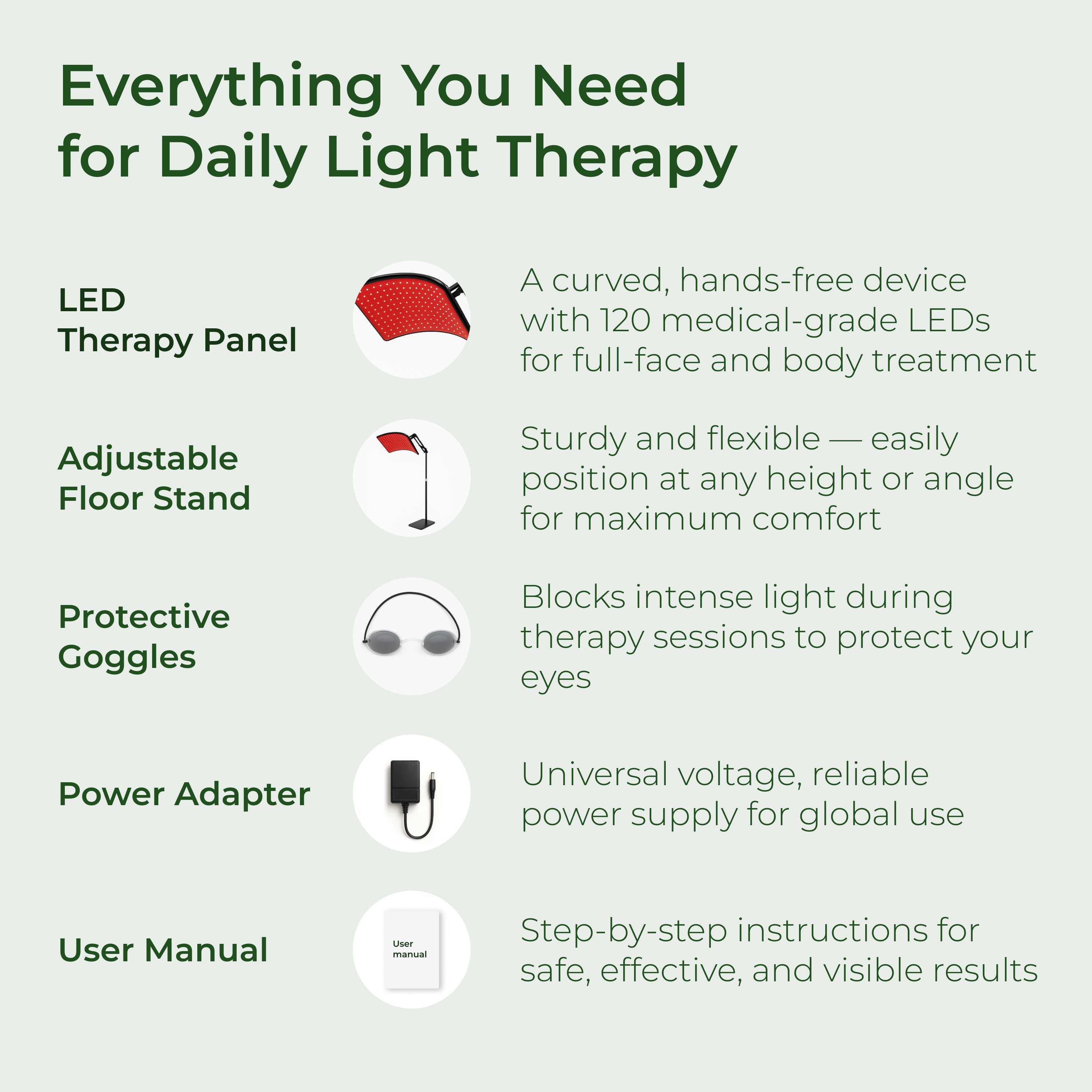

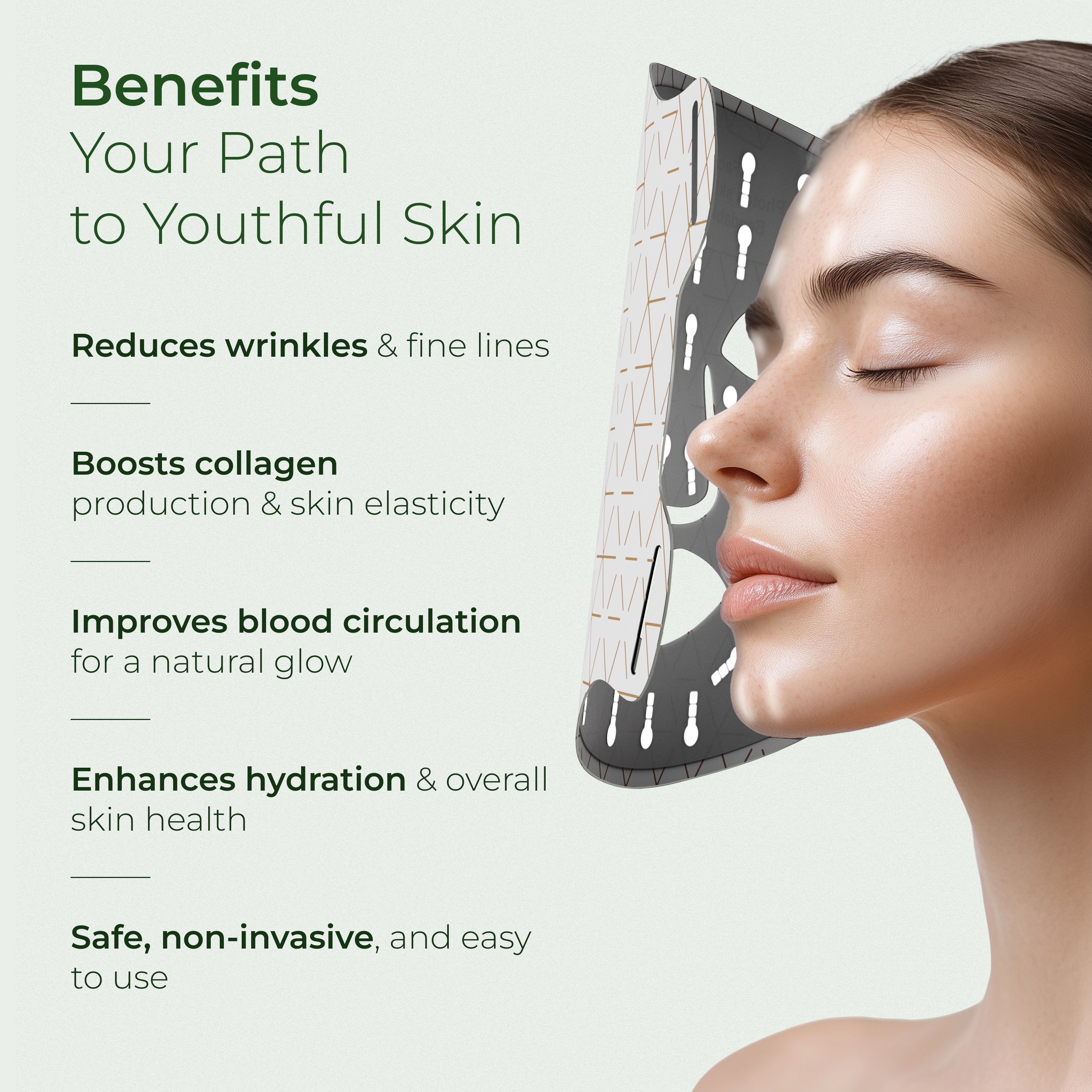


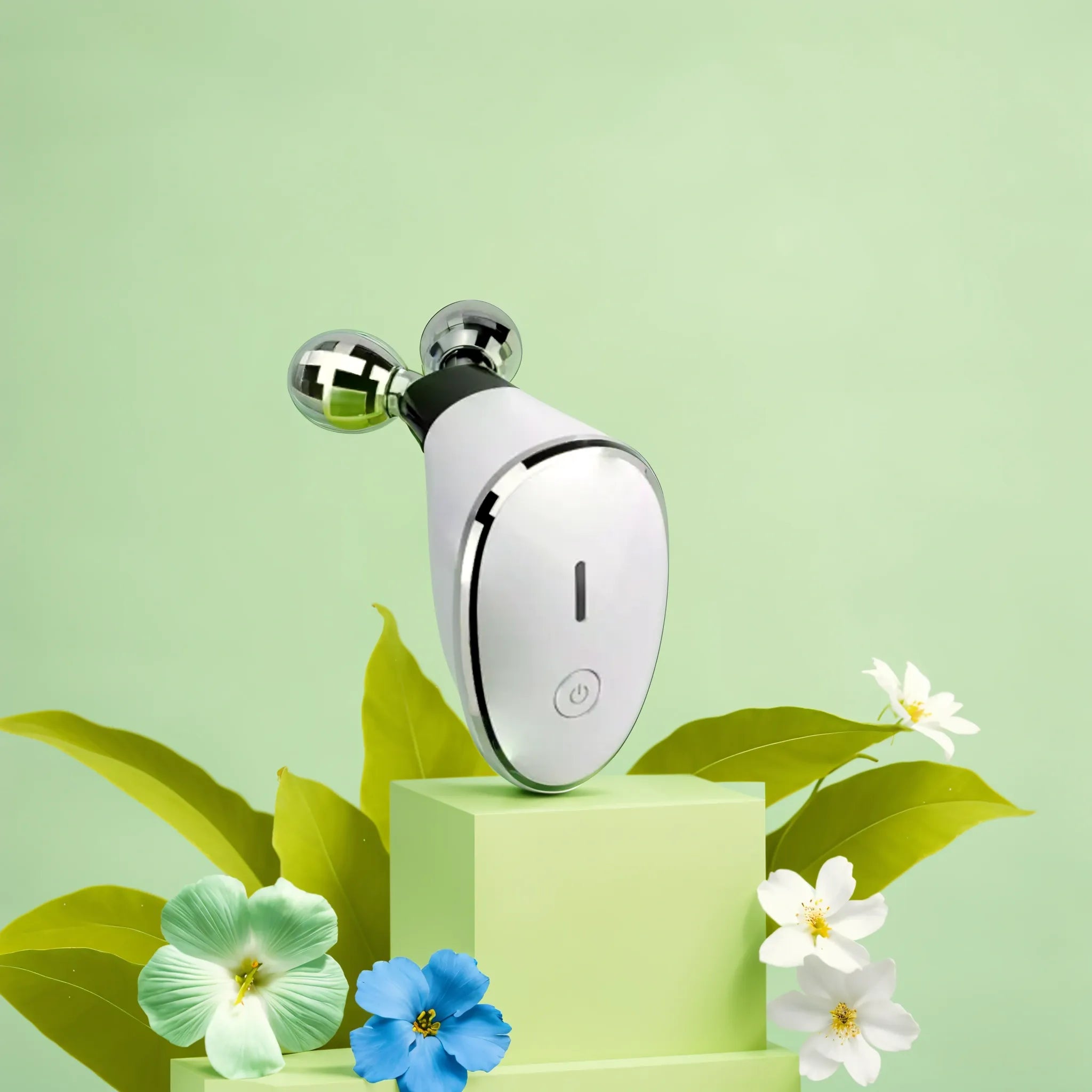
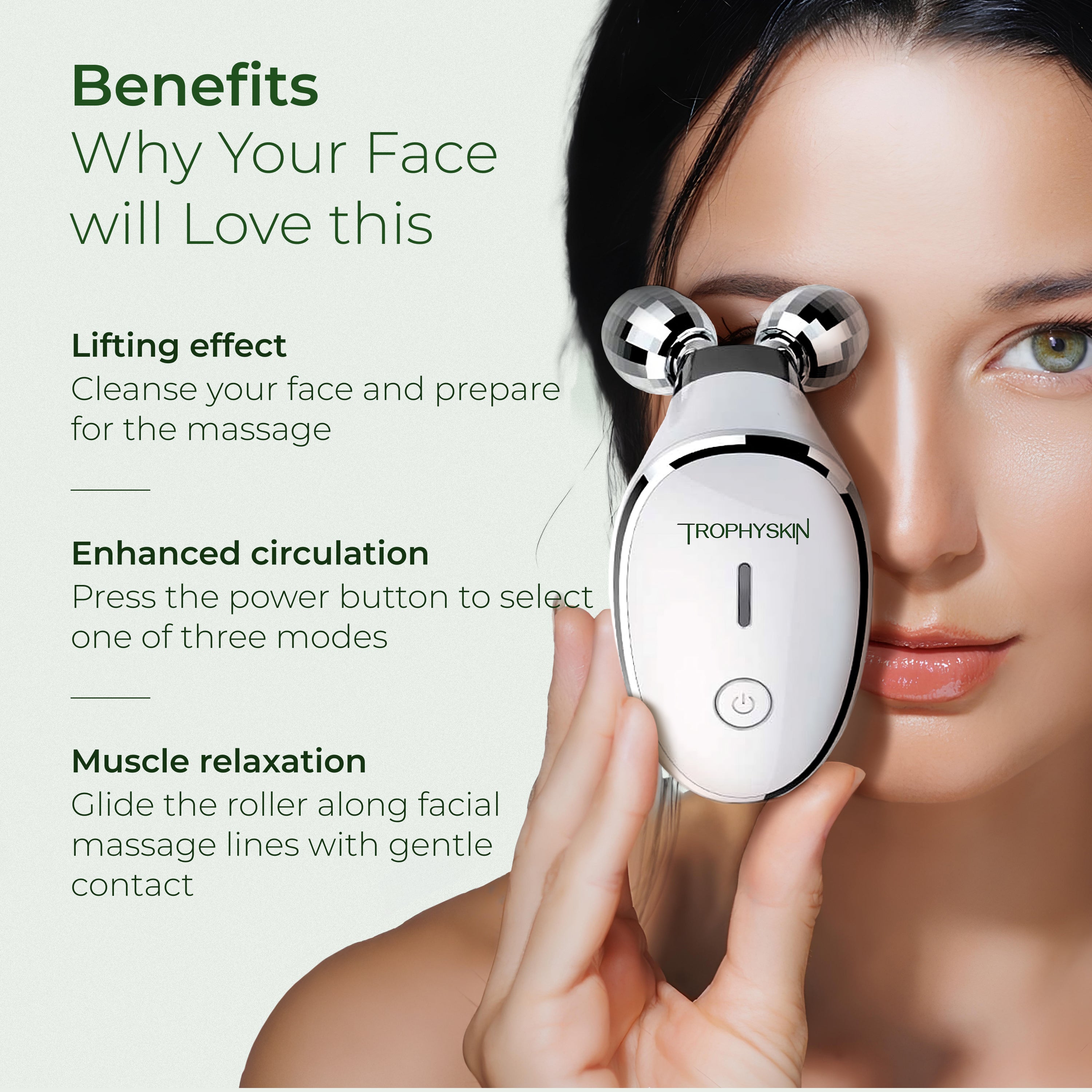




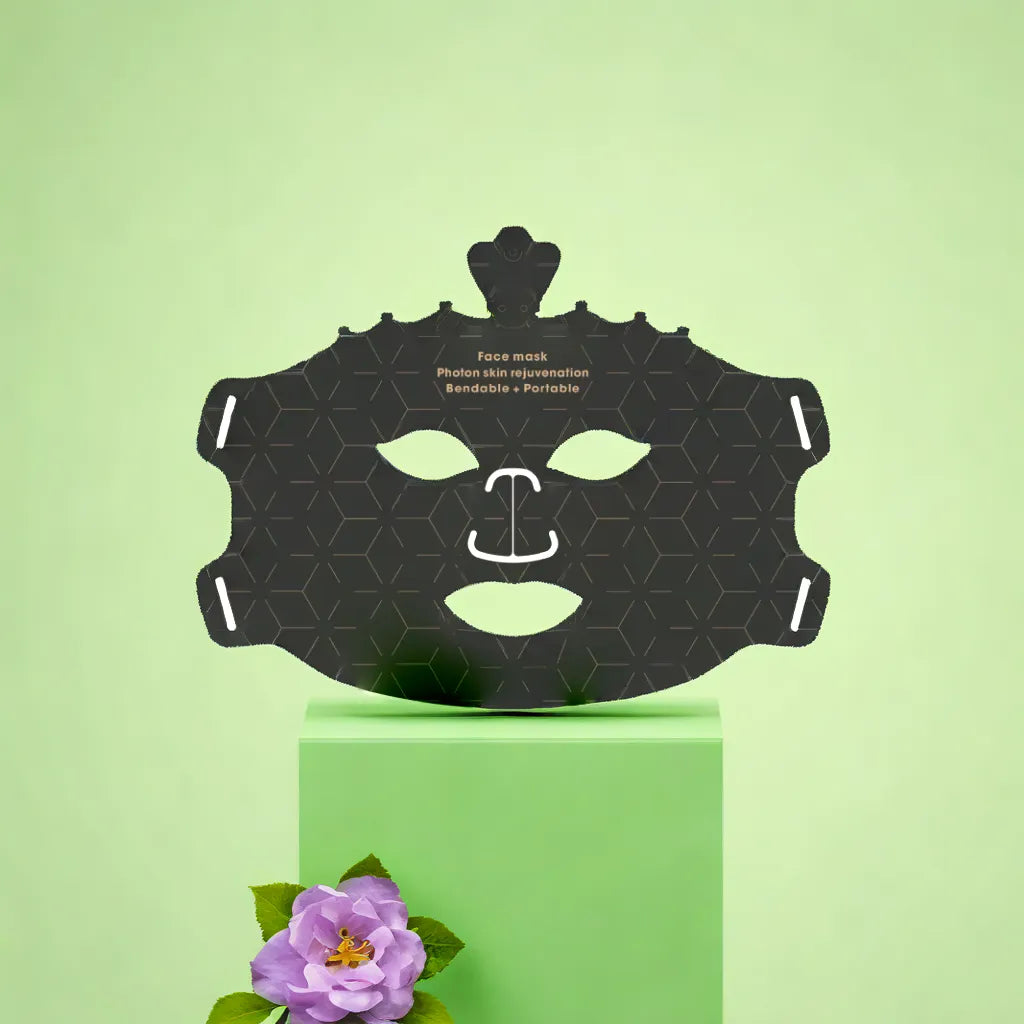
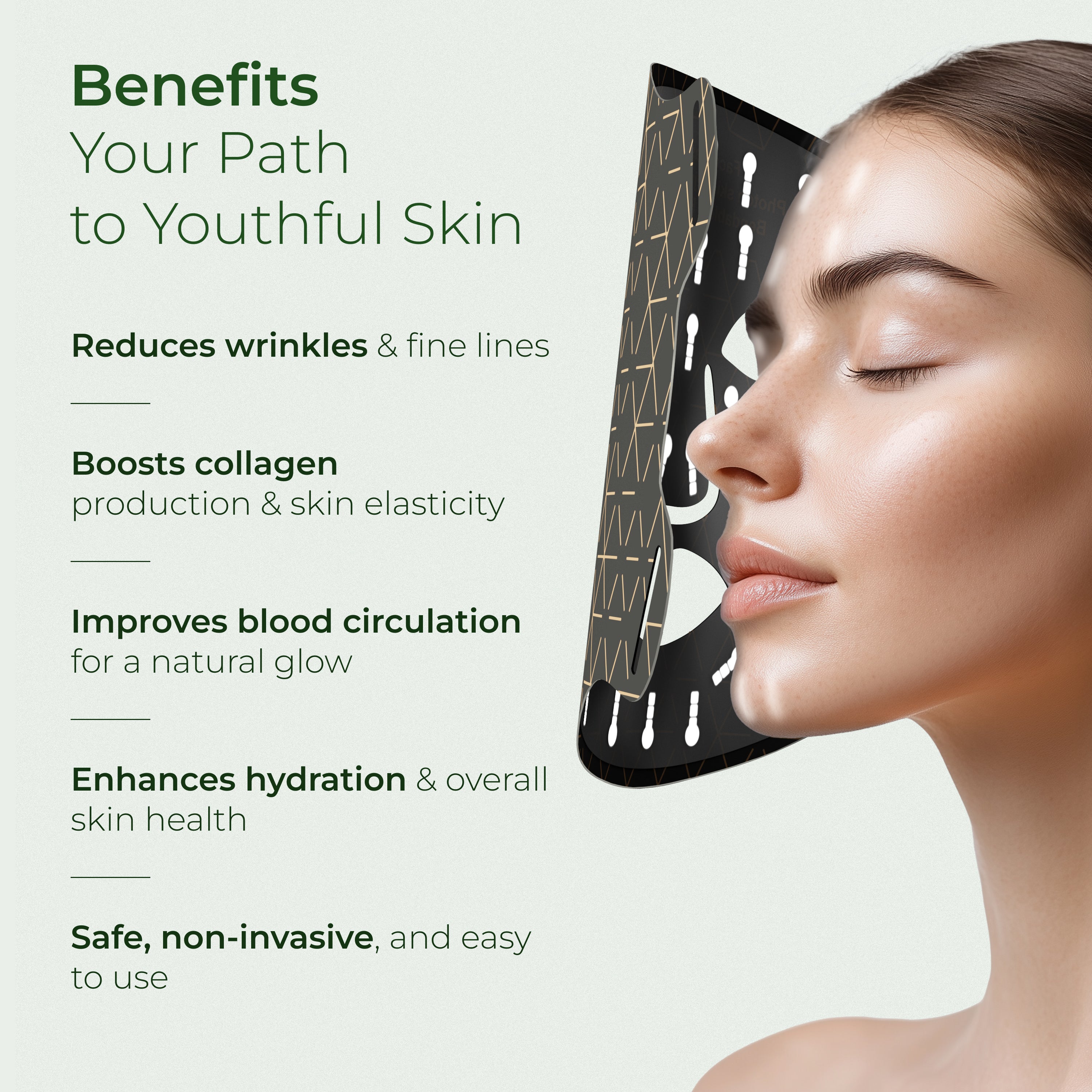
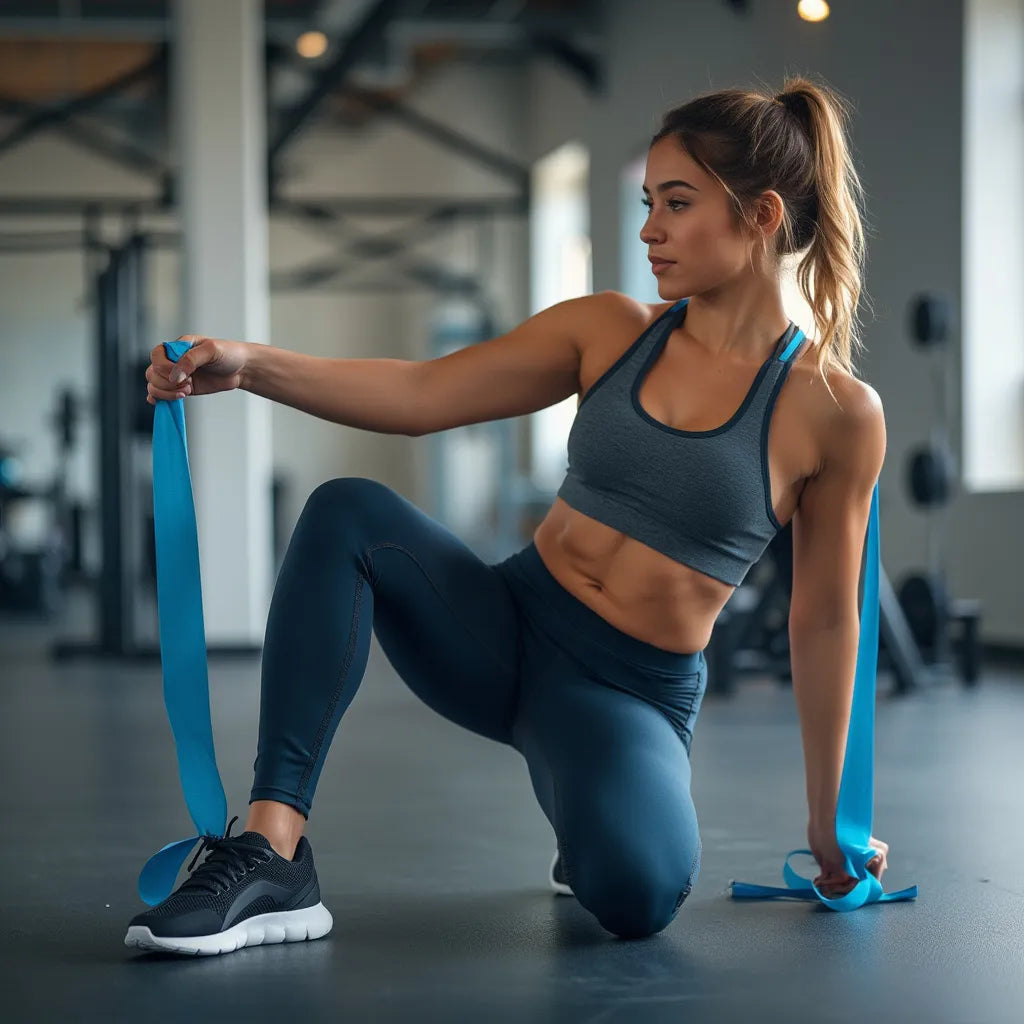
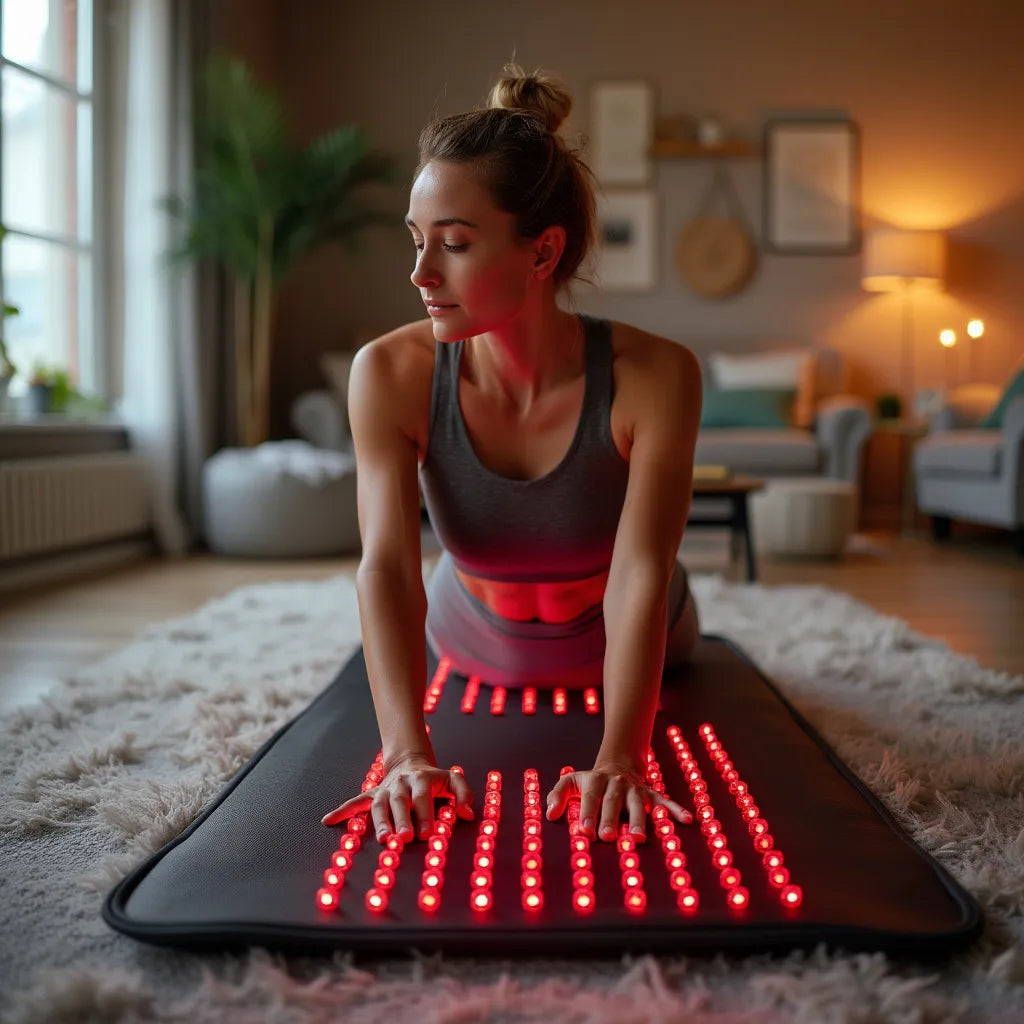
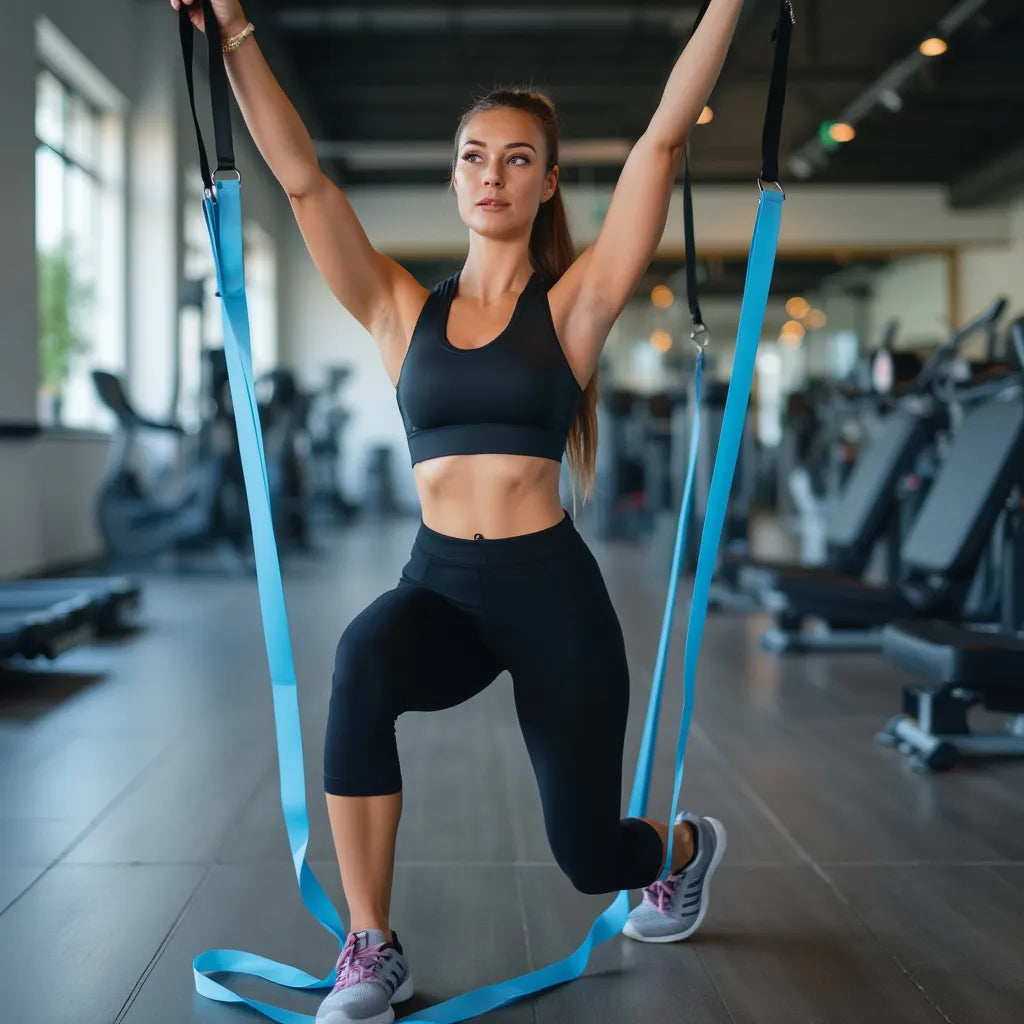
Laisser un commentaire
Ce site est protégé par hCaptcha, et la Politique de confidentialité et les Conditions de service de hCaptcha s’appliquent.